Amidst escalating tensions in the ongoing Israeli-Palestinian conflict, a significant development unfolded as the Deputy Chief of Hamas Forces was targeted and killed in an Israeli airstrike. This article delves into the details of the airstrike, examines its implications on the conflict, and analyzes the potential consequences for both sides. By shedding light on this high-profile event, we aim to provide a comprehensive analysis of its impact on the Israeli-Palestinian conflict and the broader regional dynamics.
The Israeli Airstrike: Unveiling the Targeted Elimination
The decision to target the Deputy Chief of Hamas Forces in an Israeli airstrike has raised significant questions about the context and implications of the attack:
- The Target and its Significance: The Deputy Chief of Hamas Forces played a key role in the military operations and strategic decision-making within the Hamas organization. Understanding the significance of this targeted individual helps contextualize the implications of his elimination.
- Operation Details: Analyzing the operation itself, including the timing, the method of execution, and the intended objectives, provides insights into the Israeli military’s strategy and its broader goals in the Israeli-Palestinian conflict.
Implications on the Israeli-Palestinian Conflict
The targeted airstrike carries several implications for the ongoing Israeli-Palestinian conflict:
- Security Concerns: The elimination of a high-ranking Hamas official raises concerns about an escalation in violence and potential retaliatory attacks, further exacerbating the tensions between Israel and Hamas.
- Disruption of Leadership: Removing a key figure within the Hamas organization temporarily disrupts their chain of command and operational capabilities. However, the impact on the long-term effectiveness of Hamas and its ability to regroup must be carefully assessed.
The Broader Regional Dynamics
The Israeli airstrike and its aftermath reverberate beyond the immediate Israeli-Palestinian context, impacting the broader regional dynamics:
- Regional Repercussions: The incident can intensify existing fault lines within the region, triggering reactions and responses from other regional players. The potential involvement of external actors, such as Iran, further complicates the situation and introduces additional layers of consequence.
- Diplomatic Consequences: The Israeli airstrike could significantly impact diplomatic efforts aimed at resolving the Israeli-Palestinian conflict. Affected parties may reassess their positions, leading to potential shifts in international alliances and further undermining peace negotiations.
- Humanitarian Crisis: The escalation of violence perpetuates a cycle of suffering for civilians on both sides. The airstrike can exacerbate the already dire humanitarian situation in the Palestinian territories, necessitating urgent attention and redoubling of international efforts for peace and stability.
Conclusion
The targeted elimination of the Deputy Chief of Hamas Forces through an Israeli airstrike has profound implications for the Israeli-Palestinian conflict and broader regional dynamics. Security concerns, leadership disruption, and the potential for further escalation of violence demand careful assessment and strategic planning from all involved parties. The incident further underscores the urgent need for renewed diplomatic efforts and international engagement to address the humanitarian crisis and seek a lasting solution to the conflict. Only through a comprehensive and inclusive approach can the region move towards a sustainable peace that ensures the security and well-being of all parties involved.


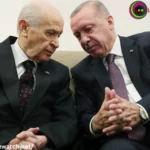
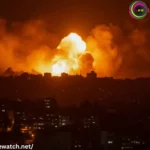






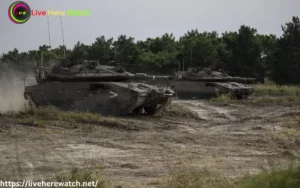

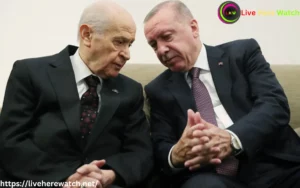
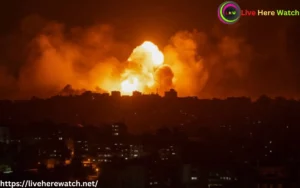
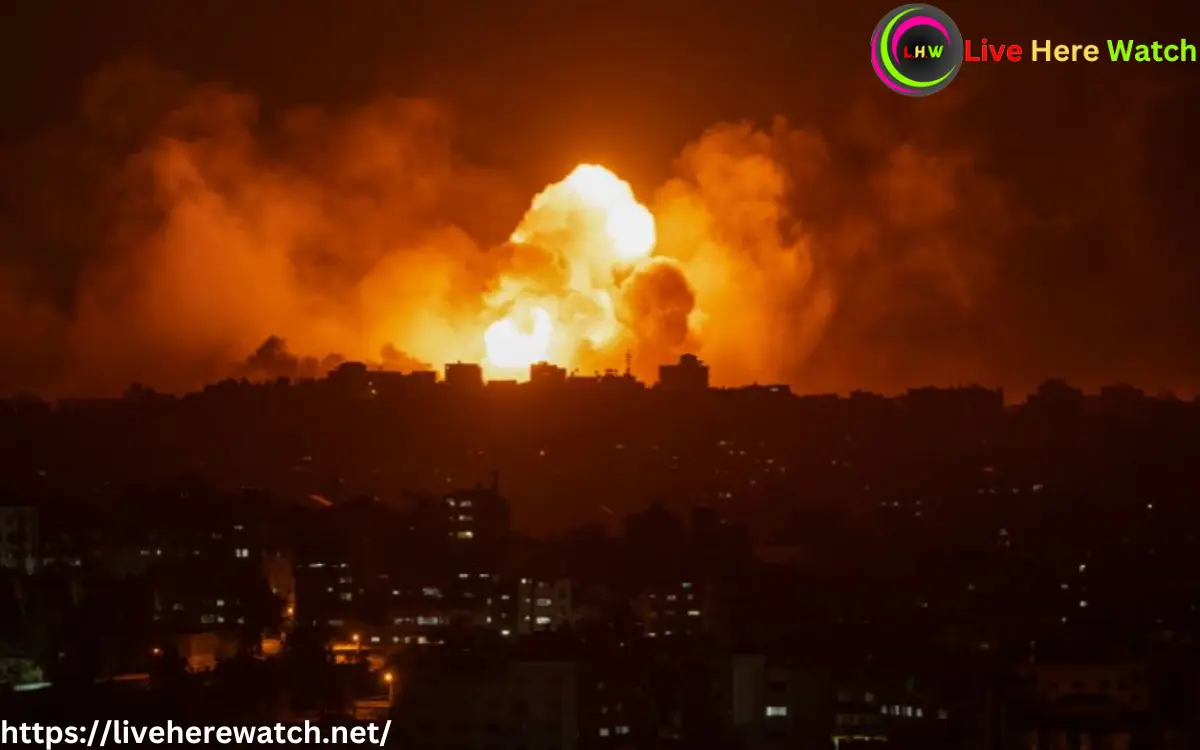
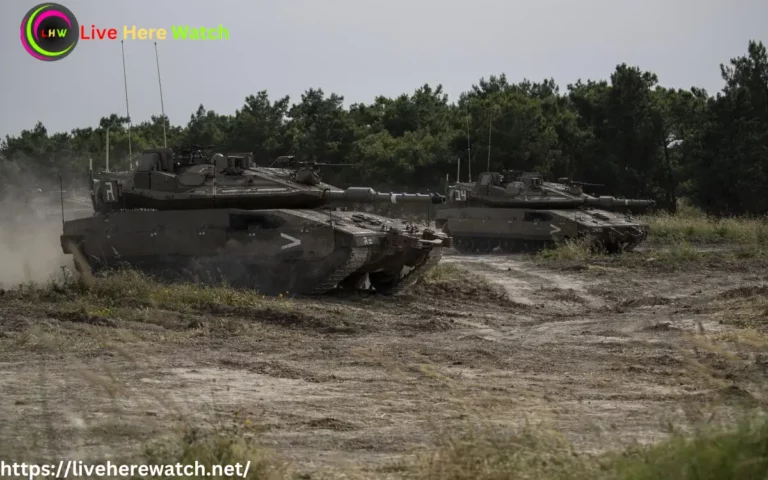

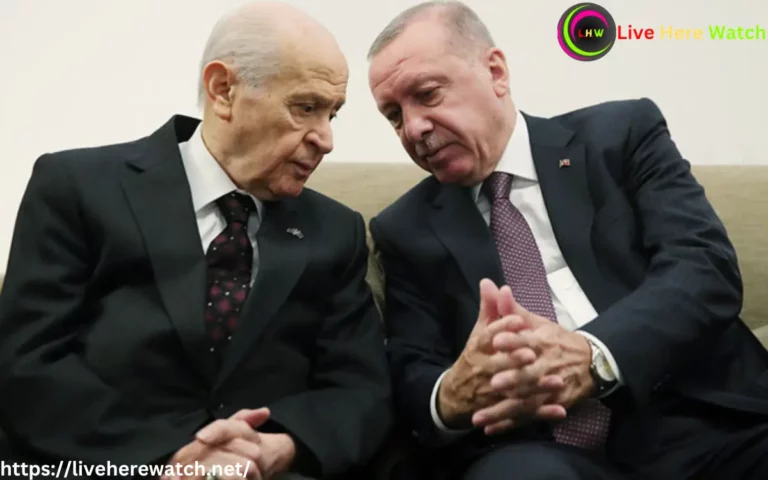

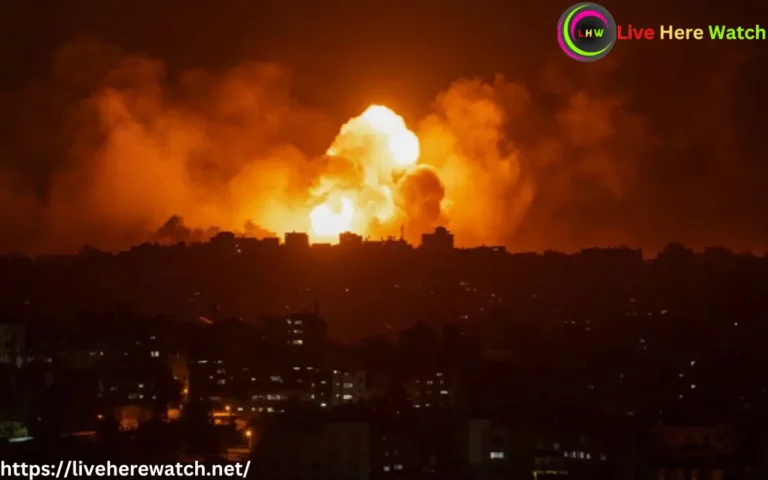
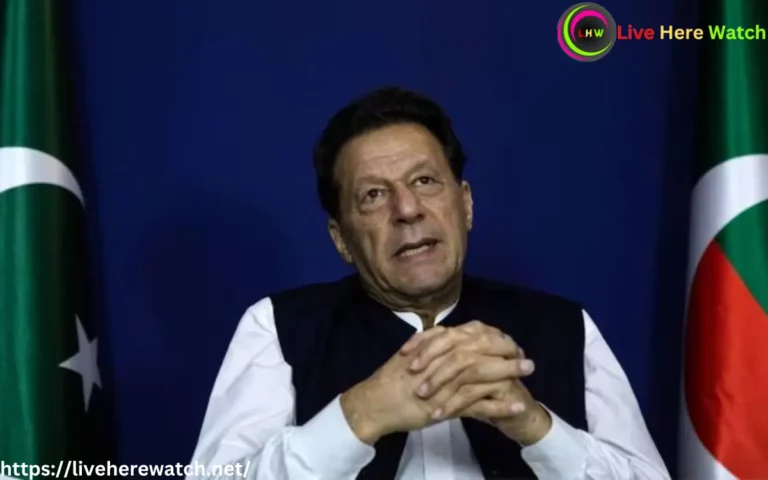



+ There are no comments
Add yours